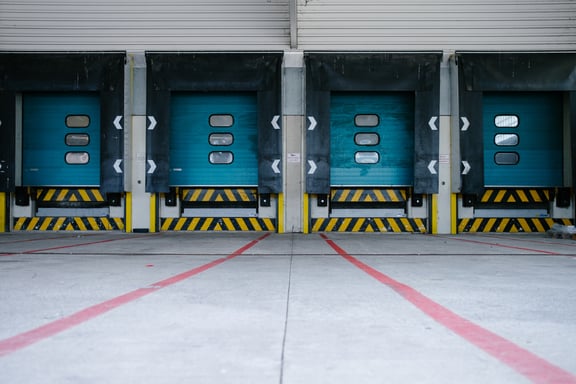REDWOOD LOGIN
Redwood PortalLTL
SCS
SCS Support
Rockfarm
Every shipper is looking for ways to improve their transportation effectiveness without throwing their budget down the drain because an effective transportation strategy generally leads to less stress, fewer issues, and cost-effective solutions.
As a shipper’s freight volume increases, transportation managers are faced with a fork in the road when it comes to loading: live load or implement a drop-trailer program? Electronic log devices (ELDs) and other regulations are making shippers reevaluate their transportation strategy in order to satisfy their customers’ demands.
In this article, we’ll take a look at how live loading can be a valuable piece of a modern, effective and efficient transportation strategy.
 With the strict implementation of ELDs, shippers and drivers are feeling the time crunch more than ever. Customers want their products in the same general timeframe and sometimes even faster, which can restrict shippers and drivers. Live loading offers the flexibility to get a driver loaded and on his way without having to worry about product working its way through the manufacturing or production process. The quicker the loading process, the quicker the driver is on the road towards the final delivery point.
With the strict implementation of ELDs, shippers and drivers are feeling the time crunch more than ever. Customers want their products in the same general timeframe and sometimes even faster, which can restrict shippers and drivers. Live loading offers the flexibility to get a driver loaded and on his way without having to worry about product working its way through the manufacturing or production process. The quicker the loading process, the quicker the driver is on the road towards the final delivery point.
In order to speed up the loading process, shippers have to make a commitment to picking and packing product early to that it staged and ready to go as soon as the truck pulls up. Many shippers are now setting loading appointments as opposed to first-come, first-serve loading. Appointment slots give shippers an idea of when to expect the truck, which also creates a deadline for when the product needs to be ready to go. Loading appointments can also keep drivers in line with their ELDs. An afternoon appointment can sometimes afford a driver to reset his hours before heading into the shipper to grab his load, which means he will be fresh on hours and will not have to stop shortly for a break shortly after loading.
The pre-shipment process is just as important as the shipping process for companies moving any type of freight. Once a shipper’s product is through the production line and packed up, an effective strategy will include a product verification process. Without some sort of checks and balances system in place, shippers run the risk of sending an incorrect amount of product or the wrong product altogether. These mistakes may seem harmless at first but end up companies big bucks.
The shipper is responsible for what goes on the truck so if they end up shipping something that the customer didn’t order, then all of the costs associated with the reverse logistics process are coming out of the shipper’s pocket. Shippers will have to pay for the freight to their customer, the freight back to their warehouse and then the freight cost sending the correct product to their customer. These mistakes eat up profit margins very quickly. This is why shipment planning is absolutely necessary in your transportation strategy.
Now that the e-commerce market is booming, commercial warehousing space is becoming an incredibly valuable asset. Companies that are fortunate enough to own their own warehouses don’t run the risk of having to pay high storage costs at independent warehouses, but they may have to go down this road if product movement slows down. The longer product sits in a warehouse, the less space you have for other products that may only sit in the warehouse for a short period of time. Many companies who run out of warehousing space end up implementing a drop-trailer program because they have nowhere else to put their products.
Live loading helps free up storage space quickly even before the truck comes to pick up product. Once product is pulled for a live shipment and staged to load, the storage racks are now available for other product to be stored immediately. If a certain type of product is moving very quickly, it may not even hit the storage rack and this is where drop trailers are best utilized. Live loading moves out stored product at a higher rate which allows companies to keep control of their available warehousing space.
Shippers who haven’t evaluated their current transportation strategy may want to take a closer look to see how they can be more efficient. Live loading is one of the ways to improve your strategy’s effectiveness because of the flexibility, shipment planning process and the ability to quickly free up warehousing space. Each of these aspects of live loading can result in cost savings and improved efficiency, which will lead to happy customers.